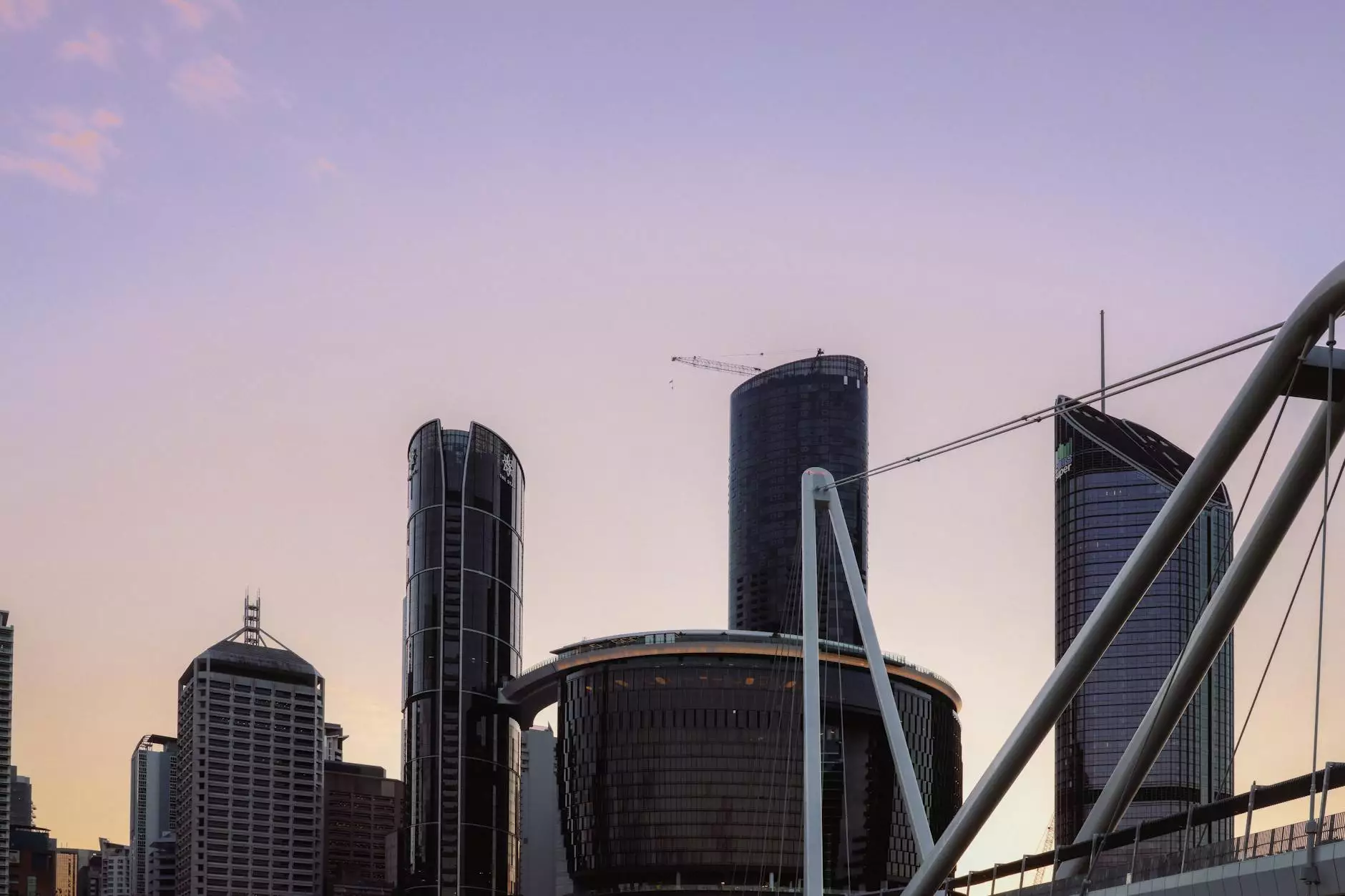The RFA Procedure: A Comprehensive Guide to Vascular Health

In the realm of vascular medicine, the RFA procedure (Radiofrequency Ablation) has emerged as a pivotal solution for individuals suffering from venous insufficiency and related disorders. Whether you are a patient seeking relief from unpleasant symptoms or a healthcare provider aiming to understand the latest advancements, this article will provide an in-depth exploration of the RFA procedure, its implications, and why it's gaining popularity in treating vascular conditions.
Understanding the RFA Procedure
The RFA procedure involves using radiofrequency energy to heat and damage specific vein tissues, leading to the shrinkage and closure of problematic veins. It is primarily used to treat conditions like varicose veins and chronic venous insufficiency, which can significantly affect one’s quality of life.
How the RFA Procedure Works
During the RFA procedure, a thin catheter is navigated through the affected vein under ultrasound guidance. The following steps typically outline the process:
- Preparation: The patient is positioned comfortably, and the skin over the vein is sterilized. Local anesthesia is administered to minimize discomfort.
- Catheter Insertion: A small incision is made to insert the catheter, which is threaded into the vein.
- Radiofrequency Energy Application: Once in place, the catheter emits radiofrequency energy, which generates heat, causing the vein walls to collapse and seal shut.
- Catheter Removal: After treatment, the catheter is gently removed, and pressure is applied to the site to reduce bruising.
- Post-Procedure Care: Compression stockings are typically recommended to aid recovery and ensure optimal results.
Benefits of the RFA Procedure
There are numerous advantages associated with the RFA procedure, making it an appealing choice for both patients and providers:
Minimally Invasive Nature
Unlike traditional surgical options, RFA is minimally invasive, which means there is no need for large cuts or general anesthesia. This contributes to a quicker recovery time and reduces the risk of complications.
Quick Recovery Time
Patients typically return to their daily activities shortly after the procedure. Many find they can resume normal routines within a day.
Low Risk of Complications
As a proven method for treating varicose veins, the RFA procedure has a low complication rate, especially when conducted by experienced professionals.
Effective Symptom Relief
Many patients experience significant relief from symptoms such as swelling, aching, and discomfort soon after the procedure. Studies have shown high rates of patient satisfaction with the results achieved through RFA.
Who is a Candidate for the RFA Procedure?
The ideal candidates for the RFA procedure are those suffering from:
- Varicose veins causing pain and discomfort
- Swelling in the legs due to chronic venous insufficiency
- Skin changes resulting from venous issues, such as discoloration or ulcers
- A desire to improve the aesthetics of their legs by targeting unsightly veins
However, it is essential to consult with a healthcare professional to determine the best treatment options based on individual circumstances.
Potential Risks and Considerations
While the RFA procedure is generally safe, it isn't without risks. Possible complications include:
- Skin Burns: As heat is applied, nearby tissues may experience burns if not appropriately monitored.
- Blood Clots: Rarely, the procedure can lead to the formation of clots in the treated area.
- Allergic Reactions: There may be a risk of allergic reactions to anesthesia or contrast materials used.
- Persistent Pain: Some patients report discomfort at the treatment site, which usually resolves over time.
Patients are encouraged to discuss these risks with their doctors to make an informed decision about proceeding with RFA.
The Importance of Following Care Instructions
Following the RFA procedure, patients are advised to adhere to post-care instructions diligently to optimize healing and results. Recommended practices include:
- Wear Compression Stockings: Using compression garments can greatly aid in the recovery process.
- Limit Physical Strain: Initially limiting strenuous activities can support the healing process.
- Observe for Unusual Symptoms: Patients should remain vigilant for any signs of complications and report them to their healthcare provider.
- Attend Follow-Up Appointments: Regular check-ups ensure that the recovery process is on track and effective.
Conclusion: The Future of Vascular Health with the RFA Procedure
As advances in medical technology continue, procedures like RFA offer hope and healing for countless individuals grappling with vein-related issues. The combination of its effectiveness, speed, and minimal invasiveness solidifies the RFA procedure as a cornerstone of modern vascular medicine.
Choosing a qualified specialist is crucial for obtaining the best outcomes. At Truffles Vein Specialists, we are committed to providing unparalleled vascular care with a focus on innovative treatments like the RFA procedure. Our team of experienced practitioners is here to guide you through every step of your journey toward improved vascular health.
FAQs About the RFA Procedure
1. How long does the RFA procedure take?
The entire RFA procedure typically lasts between 30 to 60 minutes, depending on the complexity of the case.
2. Is the RFA procedure painful?
Most patients report only mild discomfort during and after the procedure, thanks to localized anesthesia.
3. How long do results last after RFA?
Many patients achieve lasting results, with studies indicating satisfaction rates remaining high over several years post-procedure.
4. Can RFA be repeated if necessary?
Yes, if symptoms arise after some time, RFA can be performed again on previously treated veins or on new problematic veins.
5. Are there alternatives to the RFA procedure?
Yes, alternatives include laser treatment and surgical options, which can be discussed with your healthcare provider based on individual needs.
In summary, the RFA procedure stands as a safe, effective, and innovative approach to managing venous disorders, providing patients with much-needed relief and restoring confidence in their vascular health. For further information or to schedule a consultation, feel free to reach out to us at Truffles Vein Specialists.









